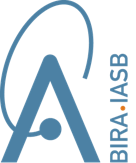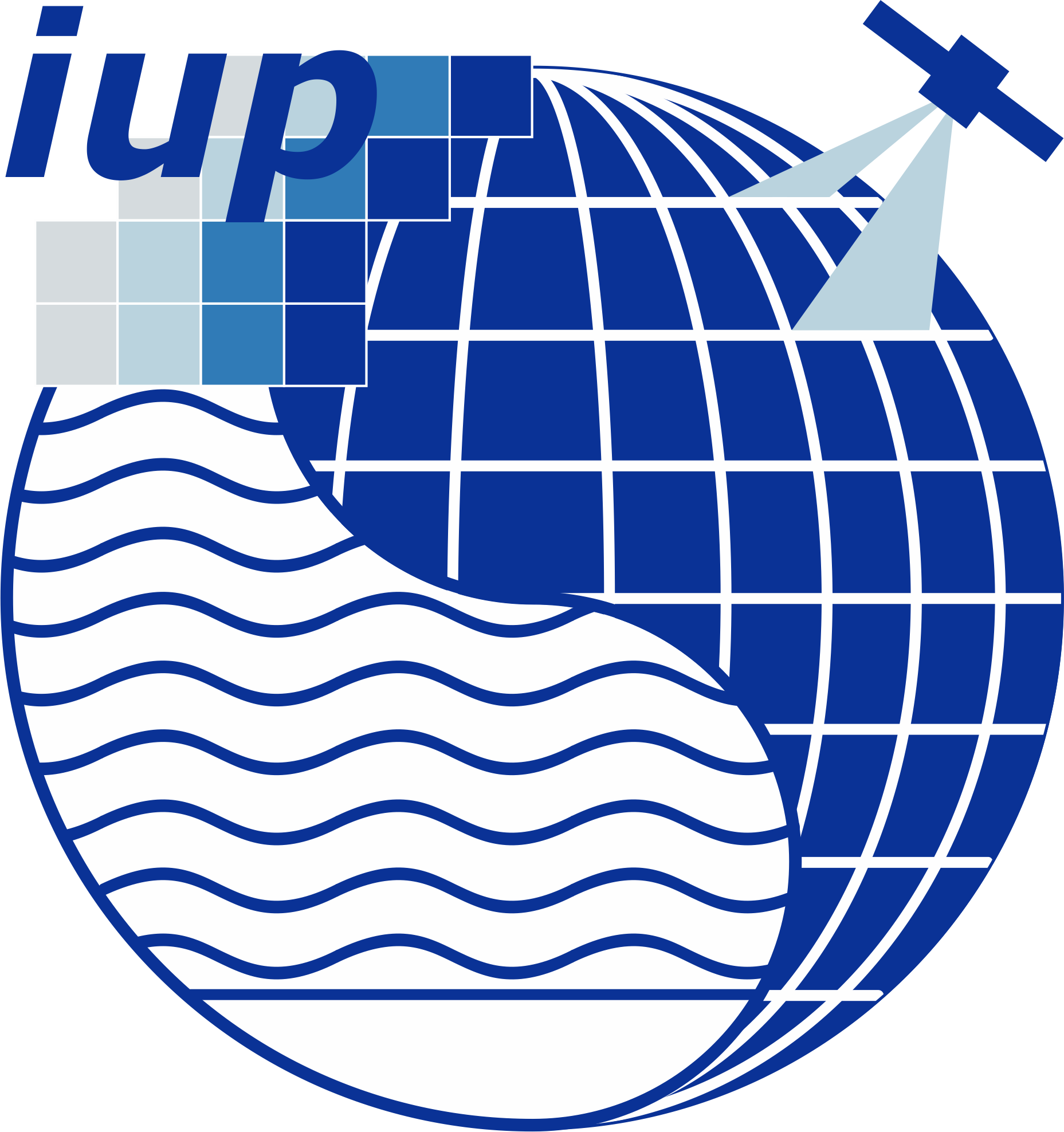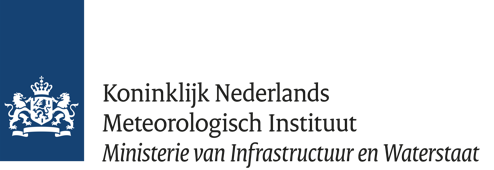Impacts of COVID-19 lockdown measures on Air quality and Climate
Since the onset of the COVID-19 pandemic in early 2020, many countries worldwide implemented a series of social distancing and containment measures as an attempt to limit its spread. Those measures have led to a significant slowing down of economic activities, drastic drops in road and air traffic, and strong reductions of industrial activities in non-essential sectors, which in turn affected atmospheric emissions and air quality. Several recent studies highlighted the sudden changes in NO2 tropospheric columns measured during the local lockdown periods, while stressing the need to consider all factors at play (e.g. meteorological conditions and long-term emission trends) before drawing any conclusions regarding lockdown impacts.
The ICOVAC project is an ESA response to that problem and includes both observational and modelling activity components in order to assess the impacts of the various lockdown measures on air quality and climate:
- Analyses of satellite data products for tropospheric NO2 columns and other trace gases including CO, VOC, and greenhouse gases (CO2 and CH4)… to investigate if they present signatures of the human emission reductions due to lockdown measures in the different regions worldwide (Asia, Europe, US,…).
- Analyses of collected remote sensing and in situ ground data in Europe and China to detect possible lockdown signatures in the time series.
- A comprehensive modelling component based on CAMS, DECSO and MAGRITTE to support the interpretation of the observations. Those models allow to disentangle the changes in the satellite products caused by the meteorology or by actual human emission changes (possibly resolved per industrial sector). Optimized NOx emissions will also be derived in China and Europe using inverse modelling techniques. Those updated NOx emissions will allow to better estimate the impact of COVID-19 measures on air quality, but also on climate as they can be used as a proxy for fossil-fuel CO2 emissions.
The project will last for 1 year. For further information, please contact Dr. Christophe Lerot (christophe.lerot # aeronomie.be).
Figure 1 : TROPOMI NO2 distributions over Europe in March-April (upper panels) and July-August (lower panels) 2019 and 2020, and their difference maps. After a strong column decrease after the lock-down in March-April 2020, the largest part of Europe returned to 2019 NO2 levels, except for remaining reductions over cities of the order of 10-20%.
Project partners
- Royal Belgian Institute for Space Aeronomy (Prime contractor) - https://www.aeronomie.be/
- Institute of Environmental Physics, University of Bremen - https://www.iup.uni-bremen.de
- Royal Netherlands Meteorological Institute - https://www.knmi.nl/home
- Netherlands Institute for Space Research - https://www.sron.nl/
Relevant Links
- More on the ESA earth observation for society programme: https://eo4society.esa.int/
- The ESA/NASA/JAXA Earth Observing dashboard: https://www.eodashboard.org
- The ESA/European commission Rapid Action Coronavirus Earth observation dashboard (RACE): https://race.esa.int
- The ESA air quality mapping Product Algorithm Laboratory (PAL) service: https://maps.s5p-pal.com/
- The CAMS COVID-19 monitoring website: https://atmosphere.copernicus.eu/european-air-quality-information-support-covid-19-crisis
- The Copernicus climate data store climate explorer for COVID-19: https://cds.climate.copernicus.eu/apps/c3s/app-c3s-monthly-climate-covid-19-explorer
- More on the TROPOMI instrument and associated products: http://www.tropomi.eu
References
- Bauwens, M., Compernolle, S., Stavrakou, T., Müller, J. ‐F., Van Gent, J., Eskes, H., Levelt, P. F., A, R., Veefkind, J. P., Vlietinck, J., Yu, H. and Zehner, C.: Impact of Coronavirus Outbreak on NO2 Pollution Assessed Using TROPOMI and OMI Observations, Geophys. Res. Lett., 47(11), doi:10.1029/2020GL087978, 2020.
- Buchwitz, M., Reuter, M., Noël, S., Bramstedt, K., Schneising, O., Hilker, M., Fuentes Andrade, B., Bovensmann, H., Burrows, J. P., Di Noia, A., Boesch, H., Wu, L., Landgraf, J., Aben, I., Retscher, C., O’Dell, C. W., and Crisp, D.: Can a regional-scale reduction of atmospheric CO2 during the COVID-19 pandemic be detected from space? A case study for East China using satellite XCO2 retrievals, Atmos. Meas. Tech. Discuss., https://doi.org/10.5194/amt-2020-386, in review, 2020.
- Ding, J., R.J. van der A, H.J. Eskes, B. Mijling, T. Stavrakou, J.H.G.M. van Geffen, J.P. Veefkind, Chinese NOx emission reductions and rebound as a result of the COVID-19 crisis quantified through inversion of TROPOMI NO2 observations, Geophysical Research Letters, 46, e2020GL089912, doi:10/1029/2020GL089912, 2020
- Liu, F., Page, A., Strode, S. A., Yoshida, Y., Choi, S., Zheng, B., Lamsal, L. N., Li, C., Krotkov, N. A., Eskes, H., van der A, R., Veefkind, P., Levelt, P. F., Hauser, O. P. and Joiner, J.: Abrupt decline in tropospheric nitrogen dioxide over China after the outbreak of COVID-19, Sci. Adv., 6(28), eabc2992, doi:10.1126/sciadv.abc2992, 2020.




